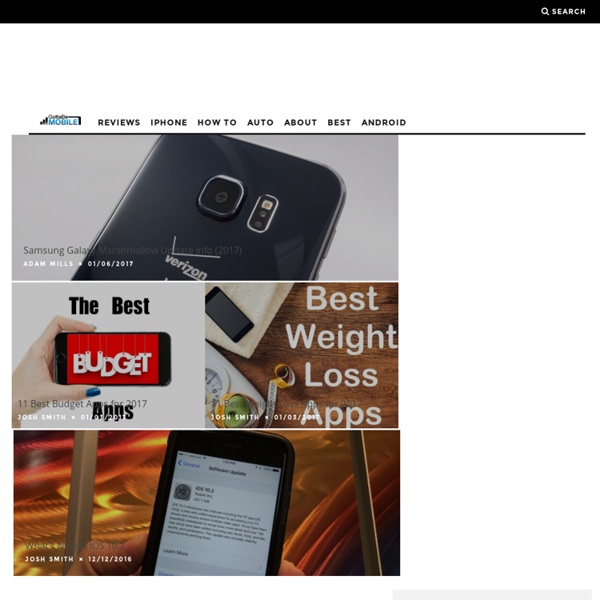



Gadget Lab - Hardware That Rocks Your World Study Smarter :: Free Trial Interfaces tactiles, interactives & innovation digitale: Karizma Note Talkers - Note-taking software from a user’s perspective. AFTER-MOUSE.COM - Leader in Microsoft Surface™ Tablet PC Magazine - your source for Tablet PC reviews and specs Subscribe to our mailing list, and receive the latest Tablet PC news by email. GETAC E100 tablet now also resold by TabletKiosk The GETAC E100 rugged Tablet PC is now also being resold by TabletKiosk as the GETAC 840XT. The IP54-sealed tablet measures just 11.1 x 7.2 inches and weighs barely more than three pounds. It's powered by a very energy-efficient 800MHz Intel A110, comes with a sunlight-readable 8.4-inch display and built-in GPS. Advantech introduces semi-rugged industrial tablet Taiwanese Advantech, a global vendor of embedded and industrial computing platforms, introduced the MARS-3100S Industrial Tablet PC. Added: Gateway C-141The Gateway C-Series Tablet PC convertible (now called an "adaptable notebook") goes on with the C-141 models, following up on the CX200 Series introduced in October of 2005 and the company's initial M275 Tablet PC convertible. Detailed review: GD-Itronix Duo-Touch II LXE acquires Swedish Akerström, adds two touchscreen vehicle mounts
Multitouch Blogs - Multitouch News and Blog Directory An independent online resource for finding answers to your tablet questions. | Tablet Questions 8.0 GoTactile Tablet PC Post :: Tablet PC and UMPC Software Trading Post - Download Utilities, Business Productivity, and Games (Downloads) Villes 2.0 Villes 2.0 Pour faire le meilleur investissement immobilier Regrouper sur un même site l'offre de programmes immobilier en France et dans les DOM TOM est le challenge que nous nous sommes fixés. Nous avons fait pour cela le tour des plus grandes villes de France et des différents promoteurs qui les commercialisent sur Internet. Les villes Voici les villes2 : >>> Votre étude gratuite, personnalisée et sans engagement : offerte Villes 2.0 Pour faire le meilleur investissement immobilier Regrouper sur un même site l'offre de programmes immobilier en France et dans les DOM TOM est le challenge que nous nous sommes fixés. Les villes Voici les villes2 : >>> Votre étude gratuite, personnalisée et sans engagement : offerte
Business et Technologies - ZDNet.fr Jean-Marie Gall.com Eric Boisseau - Expert Conseil en multimédia et loisirs numériqu